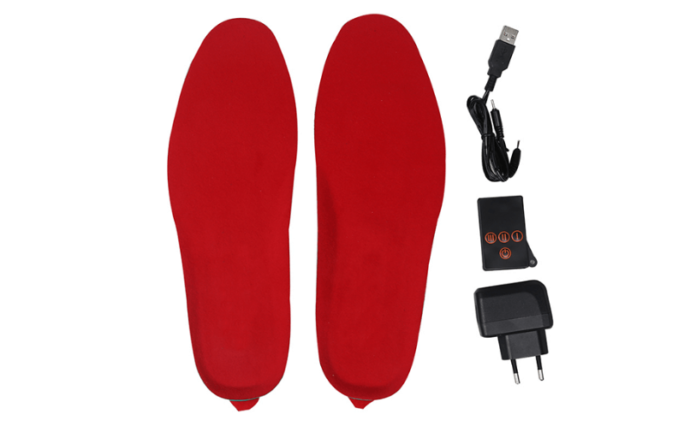Many people across the world like to indulge in indoor activities like video gaming, reading, and drawing. These individuals would rather not get their feet wet as they partake in the little pleasures of life. On the other hand, the outdoorsy type who prefers riding, fishing, and skiing does not have the option of sitting on their feet or covering them with a blanket. Back in the day, an outdoor person had two choices: heated socks or custom heated insoles from Topheated. Frostbite is a real threat while outdoor in the snow, but getting sweaty feet can also be a nuisance, not to mention the smell. Damp and warm conditions can injure your feet can cause the blood vessels in your foot to constrict in a condition called trench foot. A majority of heated insoles improve your shoes’ fit, as well as keeping your feet warm. Let’s consider the factors to know when picking heated insoles.
Most common conditions requiring heated insoles
A majority of insoles (“sport” or “support” insoles) are used where a user has some underlying conditions, including:
- Supination/over-pronation
The insoles, usually heated, prevent the feet from rolling out (supination) or rolling in (over-pronation) during physical activity such as running or walking.
- Structural misalignment
These conditions manifest as pain in the foot and as pain in the head, back, knees, ankles, and hips. Insoles can aid in these situations.
- Plantar fasciitis
Heated insoles are a regular recommendation from medical professionals seeking to offer treatment solutions for plantar fasciitis, which is actually the tearing of the plantar fascia.
- Misalignment
Feet that are not aligned properly cause pain in the back, ankles, neck, knees, and the head. This is in addition to the foot pain.
Factors to know when picking insoles
- The material used in the insole
You can get gel, foam, or other materials used to make your insoles. A gel-based insole is awesome for shock absorption. Foam is quite soft and can help to maintain the shape of the foot. Wool is the ultimate choice for great insulation.
- The right volume
The proper volume of insole determines comfortable your feet, and shoes will be overall. The most popular types of insole volumes include high-volume: the best option for hiking, running, and other intense sport uses. Low-volume insoles are the best option for cycling shoes and skate boots. Low-arch sufferers will derive the most benefit from low-volume insoles. The majority of arch types will work well with medium-volume insoles that can be either athletic or casual shoe types.
- Placement
You should understand that various insoles are designed for placing on top of your shoe’s insole. Some insoles are not to be used in conjunction with other insoles.
- Sizing
Like most other clothing items, there are various size ranges for insoles too. This is because insoles can be trimmed to fit your foot and shoe size.
Conclusion
Insoles are a fantastic option for when you need to support the arches of your feet or to keep your feet warm. You can get high-quality custom heated insoles that will greatly improve your comfort levels.





